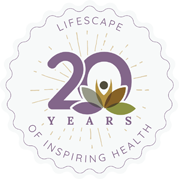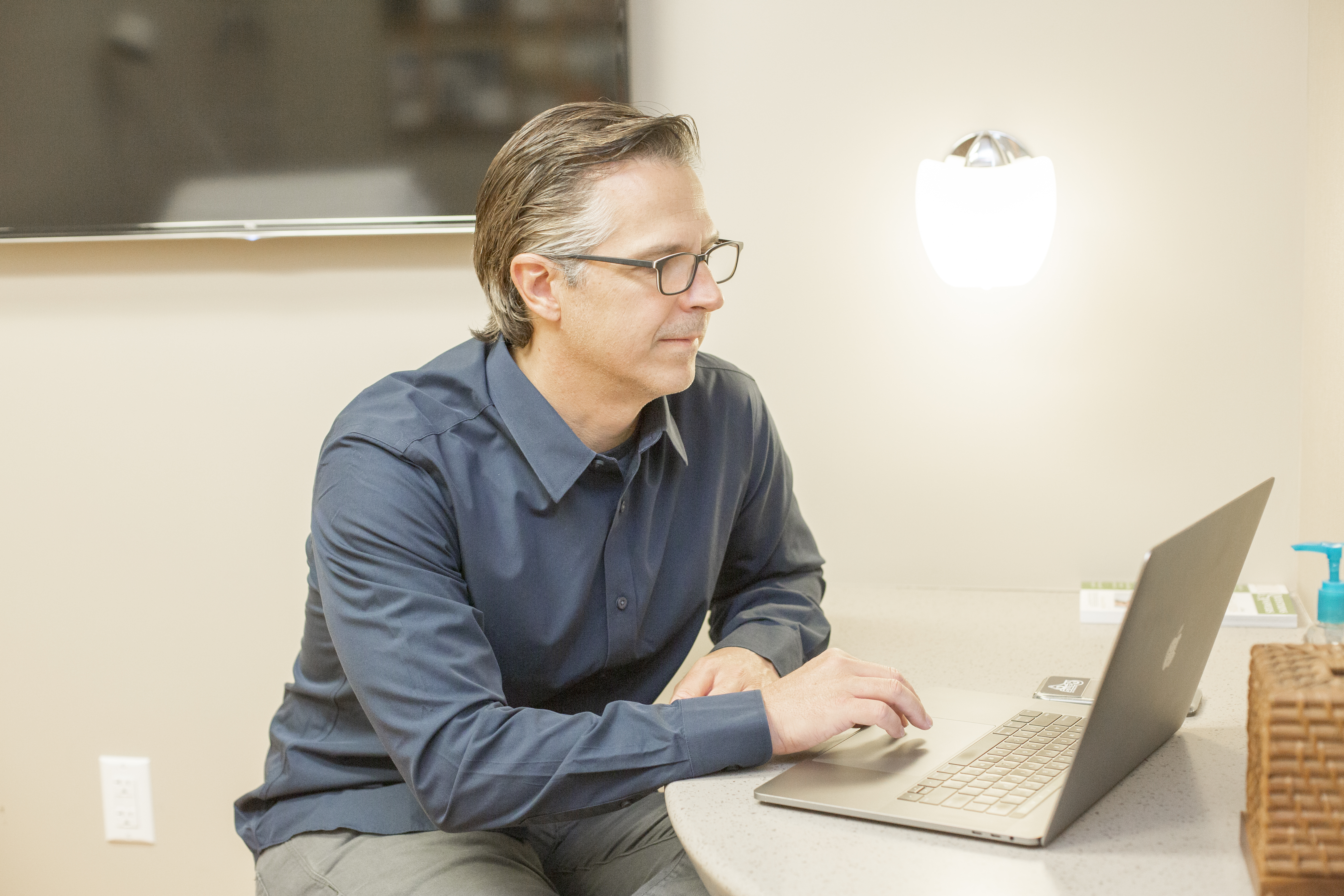I have read so many articles, listened to doctor podcasts with infectious doctors and public health officials, and looked at actual data coming from China and South Korea. Here is my attempt to help clarify what is going on in the world at this moment – there is still uncertainty, but generally this is what the world is dealing with in March 2020.
Suffering from Coronavirus
Fever, cough, and shortness of breath—these are the cardinal symptoms of coronavirus (COVID-19). As of writing this, there are 37,000 cases (of which 81,000 are in China) and 5,000 deaths worldwide. Italy is close behind with 15,000 cases while the US has 1,260 cases. The point of this article is to try to summarize what is going on and mitigate any falsehoods that are roaming the internet.
We have four versions of coronavirus, which cause the common cold. COVID-19 is the 5th coronavirus, and it's novel (never seen before in humans, first case was Nov 17th, 2020). This is why humans are having a harder time fighting this virus, which has already mutated into an L and S strain (just like Influenza which has several subtypes). Historically as the virus mutates, it tends to cause less severe cases but there is no way to know this for sure. COVID-19 will likely stay with us and fluctuate through the seasons as Influenza does. If we're lucky, it may dissipate like SARS did overseas in 2004 but most experts agree it is likely to stay.
Symptoms
Many viral illnesses will share coronavirus symptoms: dry cough, fever which start over a few days. Typically, Influenza (the flu) will start more abruptly with body aches, the common cold will have very similar symptoms, but they should lack the shortness of breath factor, allergies should have more itchy eyes, nose, sneezing or if you've had allergies before in wintertime.
Coronavirus - symptoms are going to be cough, fever, shortness of breath AND a travel history or exposure (although my suspicion is it's in our community now). A vast majority of the time (probably 80 % of the time), these symptoms will be mild and dissipate. When shortness of breath occurs – this COULD be a sign something more serious is happening and that is when you may need to call and or see the doctor (if so, please call ahead so LifeScape or the ER is ready).
Risks
How dangerous is this virus?
The most accurate data we have to date is from South Korea (as of March 13th) , given their extensive testing availability. Case fatality rates are 0.12% for those under 50 but climb to 8.3% for those over 80 and 4.7% 70-79 yrs old, but likely not the 2-3 % of which we've seen (mostly due to testing capabilities and severity bias when looking at this disease). Additionally, these fatality rates change with each country and its demographics/age/health/
Testing and Transmission
Typically done via nasal swab, just like influenza testing. The main issue here is the availability of testing, which is quite lacking at the moment. Currently, testing is available for specifics groups, hospitalized patients or if flying in from China or Italy or direct contact with someone with the disease. The other important factor is false negatives (meaning testing someone, and they are truly positive, but the test is negative).
The current nasal swabs are designed to RULE IN disease NOT RULE OUT disease; hence testing is MOST ACCURATE when someone has symptoms. Its role is more to confirm cases and not screen out cases. We will likely know more about these rates when quest labs publishes some more data.
If you are at average risk – under 50, do all of the above. If elderly or in a high-risk category – stay home as much as possible, engage others to shop for you, minimize contact with everyone precisely because of that asymptomatic shedding aspect. Let us act like a community and help those that are in dire need – in this high risk category realize there is a close to 1 in 10 chance that if you get coronavirus, you may die.
Quest labs – should be coming up with one quickly and hopefully more readily available to us. As you can infer – the cases confirmed at least in the US is likely MUCH higher than the numbers show.
Transmission is via respiratory droplet through cough and sneezing ( at the moment it is not aerosolized like measles is, although in the hospital through certain procedures it may ). So if you cough, the sputum travels 3-6 feet and lands on a surface, in which it can remain viable for hours to 2-3 days (this is controversial since it's a novel virus). The R0, otherwise pronounced R NOT, which relays its ability to infect others, is the ability of one person to infect how many others. This coronavirus is 2-4 (meaning for every one person – that person will infect 2 to 4 others which similar to Influenza), whereas measles is very high at 15. This can change depending on social distancing and other factors. Additionally, there can be asymptomatic shedding of virus during the incubation period (4-5 days) which is why this virus is so contagious.
Treatment
Mostly supportive care – fluid, hydration, rest and Tylenol for fever, cough syrup as needed. 80% of the time – you are going to have mild symptoms. The more severe cases of shortness of breath, which can lead to low oxygen in blood, leads to more intensive therapy – oxygen, IV fluids, and ventilation and ICU for the most severe cases. Other than this, there are no direct medicines to treat this. There have been some possibilities that chloroquine and
Prevention
Clean your hands for 20 seconds with soap or alcohol-based rubs. Soap destroys the lipid layer that makes up the surface of coronavirus, alcohol based rubs are OK, but soap is best. Cover mouth/nose when cough or even cough into your shirt or elbow( be aware the virus is still there and if you use a tissue, discard immediately ), avoid touching your face (this is really hard to do in practical aspects ) and if you're feverish or cough – stay home. You've also likely heard of social distancing and limiting large gatherings ( hence no march madness this year ). Additionally, it doesn't help anyone if you have gallons of Purell. If you have a glut of alcohol rub – let others use it because we are protecting each other in this pandemic. It really does take a village!
If you are at average risk – under 50, do all of the above. If elderly or in a high-risk category – stay home as much as possible, engage others to shop for you, minimize contact with everyone precisely because of that asymptomatic shedding aspect. Let us act like a community and help those that are in dire need – in this high risk category realize there is a close to 1 in 10 chance that if you get coronavirus, you may die.
Much of these strategies are trying to flatten the curve.
This flattening allows our current medical system to treat our whole population effectively. If the spike of cases is sooner and higher volume - this could be an onus on the healthcare system. Another factor I have not read a lot about is trying to achieve HERD IMMUNITY. If enough people are exposed or had the disease of coronavirus, at some point, this immunity gives the COMMUNITY some protection ( protects the old, the young, everyone ). For example, this had occurred with measles given we had a vaccine for this herd immunity has somewhat been lost due to vaccine hesitancy.
Lastly, can you imagine if the world had an influenza outbreak that killed 50% of the population? We can use this as a dress rehearsal and we must be better prepared as individuals and as a country. These novel viruses will appear again and again.


